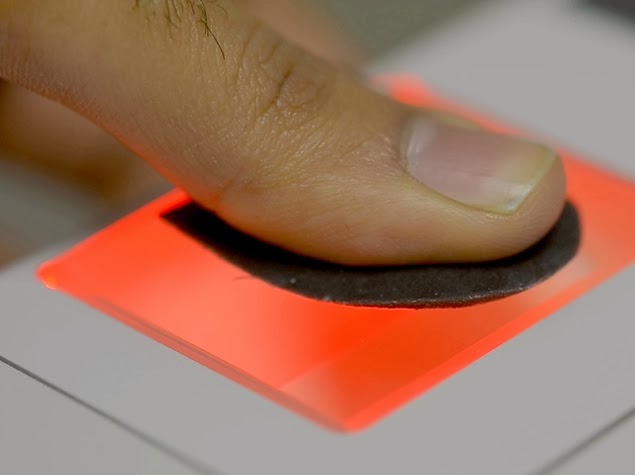 A team of Michigan State University computer scientists led by Indian
Institute of Technology (IIT) Kanpur alum Anil Jain have built the first
three-dimensional model of a human fingerprint.
A team of Michigan State University computer scientists led by Indian
Institute of Technology (IIT) Kanpur alum Anil Jain have built the first
three-dimensional model of a human fingerprint.
This development will not only help today's fingerprint-matching
technology do its job better, but could eventually lead to improvements in
security.
What Jain, a University Distinguished Professor of computer science and
engineering, and his team did was develop a method that takes a two-dimensional
image of a fingerprint and maps it to a 3D finger surface.
The 3D finger surface, complete with all the ridges and valleys that
make up the human fingerprint, is made using a 3D printer. It creates what
Jain's team called a fingerprint "phantom."
Imaging phantoms are common in the world of medical imaging. For
example, to make sure an MRI machine or a CT scanner is working properly, it
needs to first image an object of known dimensions and material properties.
"In health care, a 3D heart or kidney can be created," Jain said.
"Because the dimensions are known, they can be put into a scanner and the
imaging system can be calibrated."
In this case, the ultimate goal is to have a precise fingerprint model
with known properties and features that can be used to calibrate existing
technology used to match fingerprints.
"When I have this 3D fingerprint phantom, I know its precise
measurements," said Jain. "And because I know the true dimensions of
the fingerprint features on this phantom, I can better evaluate fingerprint
readers."
While the 3D model doesn't yet have the exact texture or feel of a real
finger, it could advance fingerprint sensing and matching technology.
"Tools like this would help improve the overall accuracy of
fingerprint-matching systems, which eventually leads to better security in
applications ranging from law enforcement to mobile phone unlock," Jain
said.








0 comments:
Post a Comment